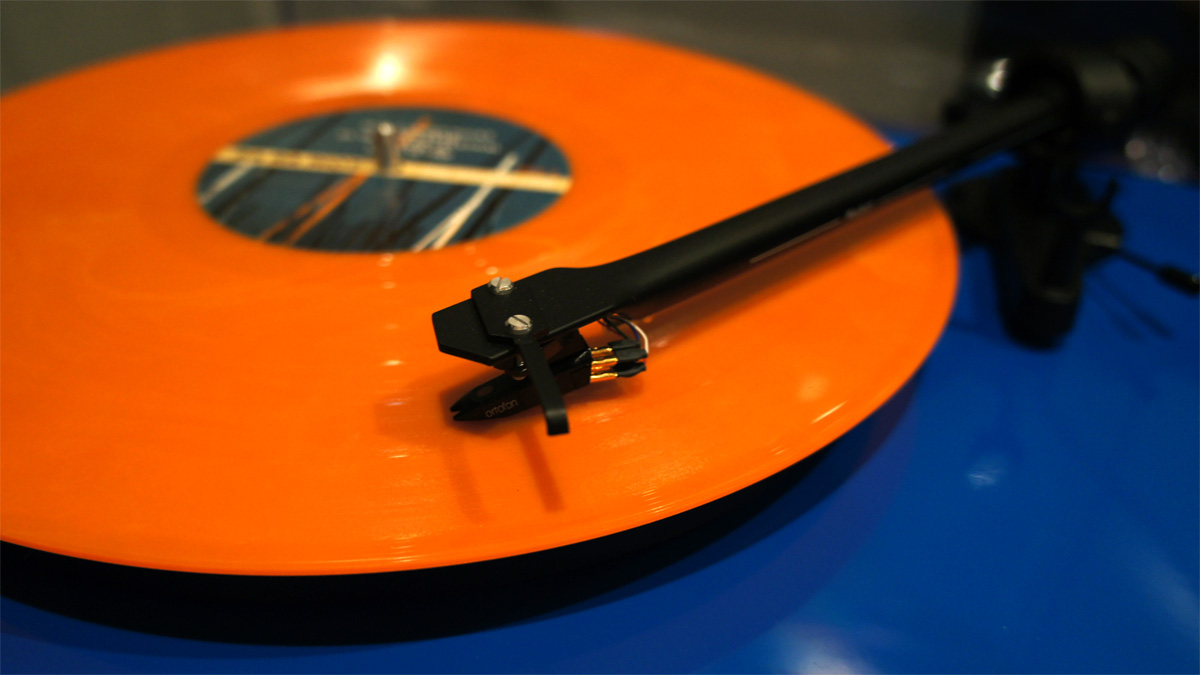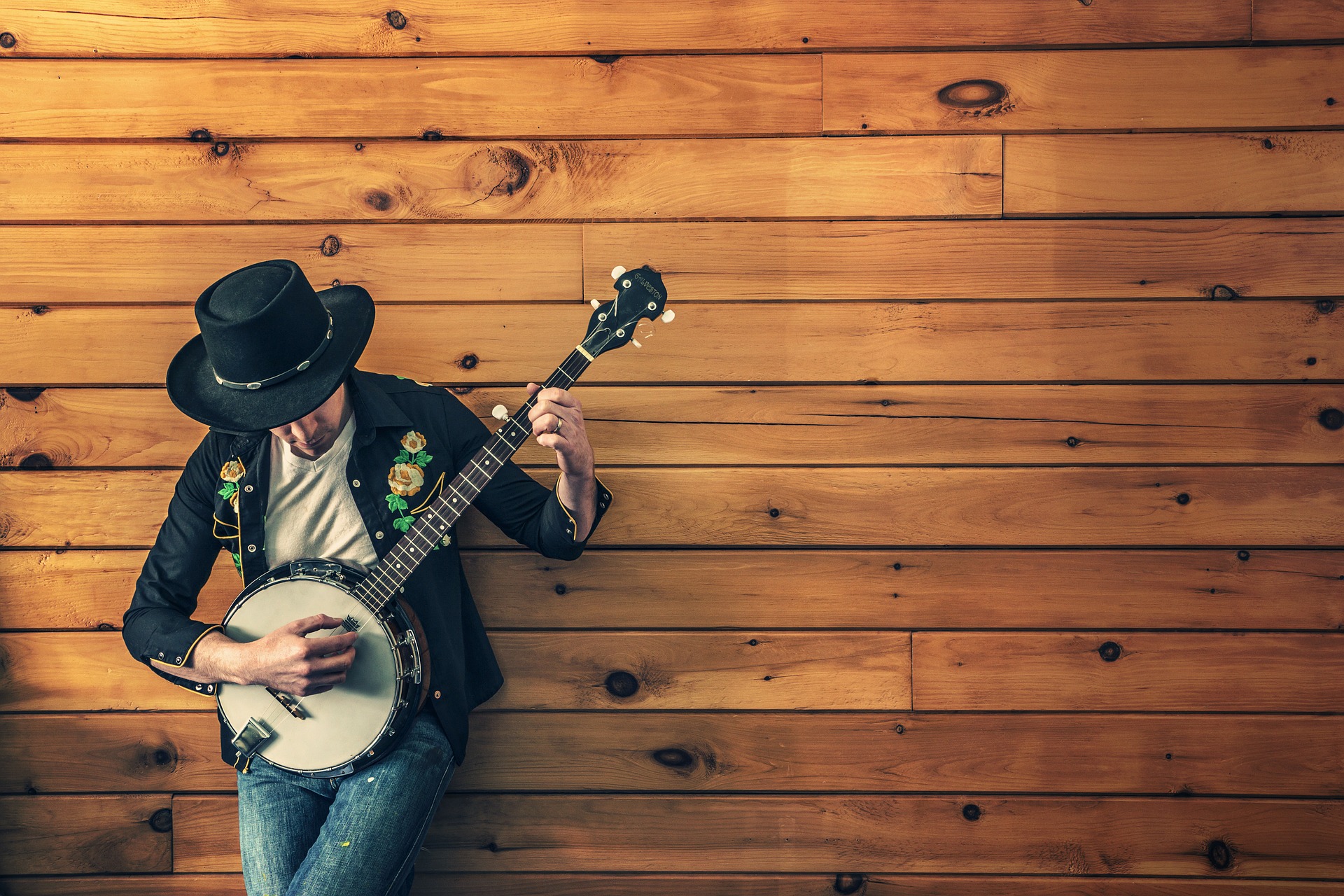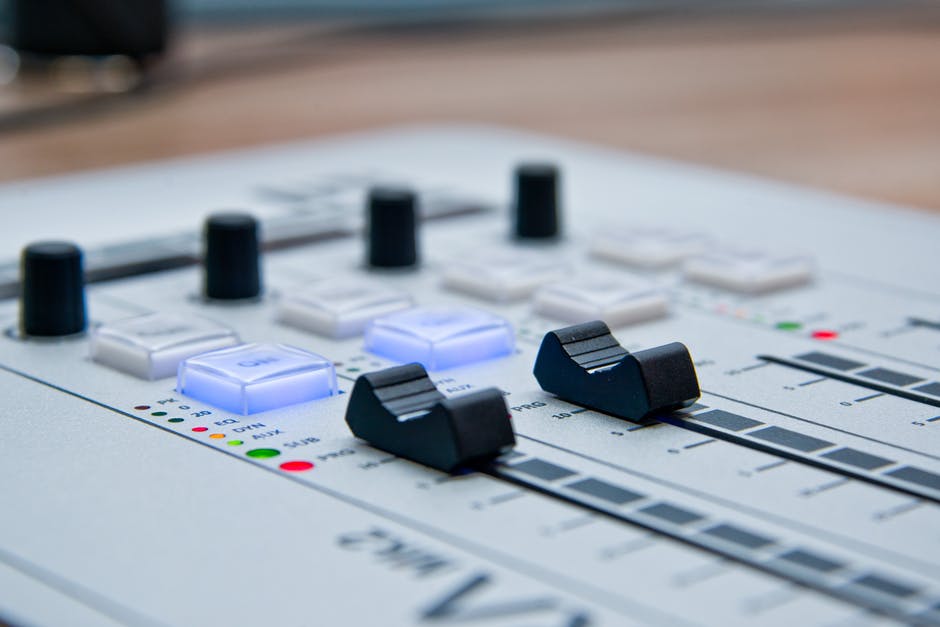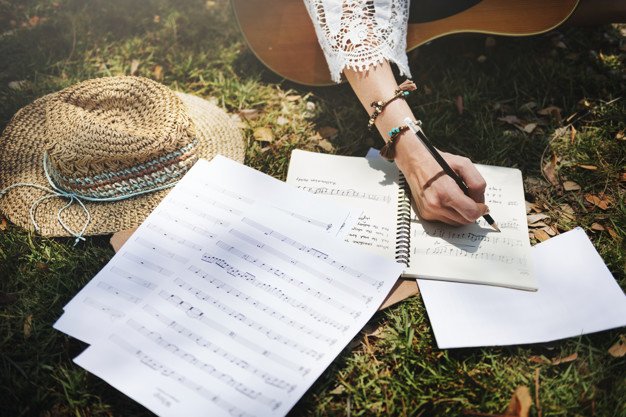In the 21st century, an odd pattern has emerged in the field of music sales. While the sales of CDs have plummeted since the inception of mp3s and digital streaming services, the sales of vinyl record. Once looked upon as a curious novelty from times past – has seen a significant uptick.
The uptick, in fact, has been so significant that most vinyl record pressing facilities are overloaded with orders. Therefore, bands and labels need to get their orders in well ahead of the schedules release date. Casual music listeners who stream on Spotify or Apple Music may be asking, why on earth would anyone pay for a clunky, cumbersome record? This post has your answer.
Quality of Sound From Vinyl record :
Music connoisseurs care immensely about high fidelity in their listening experience. It may pay immense amounts of money for a tube-driven amplification system and high-quality speakers. Not only do records offer an analog warmth, they also offer a rich listening experience that lets you hear the attention to detail in the mix. Aficionados might liken streaming services to watching a film that was designed to be seen in 3D in 2D.
Even if you buy a scuffed record second-hand, there’s still something pleasant about hearing a bit of crackle on an old Duke Ellington LP. Furthermore, most re-issues and new albums come with a code to download the music in mp3 format. Or else it would become lossless FLAC format for the true geeks. Rather than streaming on Spotify, most music nerds would prefer to load high-quality files onto an iPod for listening on the go.
The ‘All Or Nothing’ Approach:
The general attitude of the vinyl record buyer is that they either want no physical object at all (streaming/ mp3s). Or else they want a very large physical object to incorporate into their collection. If you really care about an album, andshelling out thirty bucks is not so insane. You can actually appreciate the album art, rather than squinting at a tiny thumbnail.
The Elegance of the Object:
Many bands and musicians take great pains to design their album covers or commission an image from an artist they admire. Bands with a particularly savvy sense of promotion may even engage professional graphic design services to design the album art. This integrates it into an aesthetically cohesive marketing campaign. Like the quality of the actual music, the quality and details of the album art are also lost when it appears in miniature on a smartphone. When you buy a record, you’re not just buying the music, you’re buying a physical piece of art, as well.
Paying the Band (a compliment):
When you go and see your favorite band live, the biggest compliment you can offer them is purchasing their album on vinyl record. Because there is no middle-man in this transaction, you can feel secure knowing that the money is going into the project you love. Also, often the band works their own merch table, so you may get an opportunity to chat with them!
Whether not this post has converted you to the cult of vinyl, hopefully, you have a better sense of what is driving the trend.
Read Also:






















